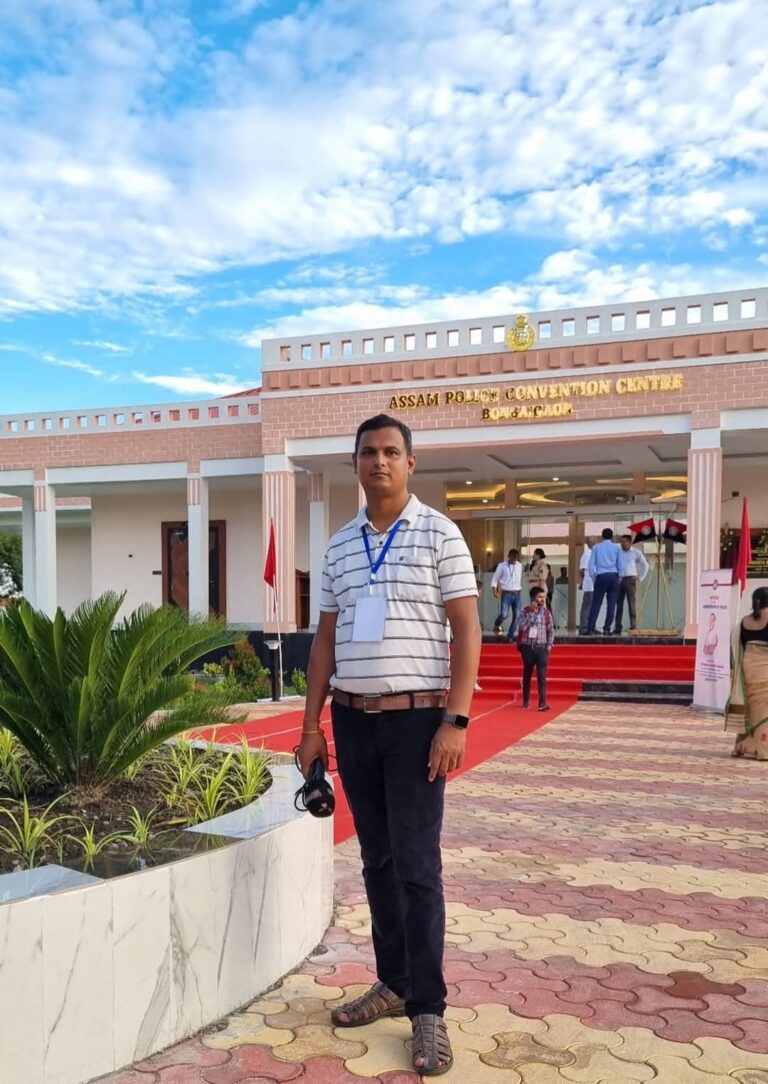Vlogging, or the profession of creating video blogs, has become mainstream and largely popular over the past few years. While the drastically improving smartphone cameras have been central to the rise of vlogging, Sony believes that Indian consumers are now ready to invest in a camera that comes with features specifically optimised for create vlogs. Meet the Sony ZV-1, the latest Sony camera to be launched in India. While its target audience is a pretty large market and steadily growing, at a price of Rs 77,990, the Sony ZV-1 begs the question of why might you really need this camera, and not any other, if vlogging is your primary work.
To understand this, it’s important to take a quick look at the specifications of the Sony ZV-1. It features a 20-megapixel, 1-inch-type stacked CMOS sensor with native aspect ratio of 3:2. While the 1-inch-type sensor isn’t much of a surprise given the dimensions of the camera, it is important to note that the upgrade from mobile image sensors to 1-inch-type camera sensors is largely incremental. Nevertheless, we’d be reserving our final judgement on this when we take a more in-depth look at the camera.
For vlog-specific aspects, the Sony ZV-1 features optical stabilisation, which may help you obtain steadier shots if you are shooting piece-to-camera videos while walking. We’re not entirely sure how stable this would be, but optical stabilisation is the least that a camera of this nature should come with, and the ZV-1 ticks that box. It features a hybrid autofocus module with 315 phase detection points, and real-time face and eye tracking, and you can manually select tracking priority. Sony has one of the best AF tracking units in the market right now, so we can put our money on it. In terms of video-first cameras from Sony itself or rivals such as Canon, it is this autofocus system, paired with Sony’s vlogging optimised ‘modes’, that can make all the difference.
Sony has stated that the camera gets a one-click ‘background defocus’ mode, which will open up the aperture to the widest to give you the shallowest possible depth of field, and hence the blurriest backgrounds (all the while automatically adjusting other settings to maintain the overall amount of light in the frame). It also gets a ‘product shooting’ mode, which will override Sony’s face priority focusing, so that the focus point does not drift away from the smartphone box that you’re about to open up in front of you.
It has a fixed lens with 35mm-equivalent focal length of 24-70mm f/1.8-2.8. This essentially means that at 70mm f/2.8, you may be able to record nice, tight frames with a natural level of background blur. In movie mode, maximum ISO natively goes all the way up to ISO 12800, which is also good. Given the on-paper limitations of the sensor, it would seem that the Sony ZV-1 may need the additional ISO bandwidth when shooting in low light, although its real-world high contrast image noise performance may define its vlogging quality more than just what the spec sheet says.
As for video recording, the Sony ZV-1 records in the H.264-based AVCHD (which would offer slightly better compatibility as long as you’re shooting at up to 1080p), and also the newer, Sony-proprietary XAVC S, which is what you’ll be shooting in if you want 4K footage. Peak video recording ability ranges up to 4K 30fps and 1080p 60fps, and there is likely going to be a considerable amount of sensor crop, which may restrict your overall frame width – a key factor when shooting videos. It is also important to note that Sony’s video output is 8-bit, which restricts the post-processing options for professional video shooters. However, in Sony’s defence, the ZV-1’s target audience is likely ones who fall into the instant shoot-instant upload category, so Sony hopes that much of the magic happens in the camera itself.
To see all this, Sony has included a swivelling, 3-inch LCD display which isn’t particularly rich (screen resolution of under 1 million pixels), but it can turn all the way to the front to give you a live selfie view – something that can be key to vlogging. The Sony ZV-1 also has a 3.5mm audio port for quick microphone attachments, and also has a hot shoe on top to attach an external boom mic. Sony has integrated a three-capsule omnidirectional microphone into the camera, and ships the ZV-1 with an included wind shield to improve quality of audio – something that can be super helpful for the vlogging clan.
The camera supports USB charging, and is CIPA-rated for 75 minutes of continuous shooting. However, the Sony ZV-1 misses out on a headphone-out port, which is somewhat understandable, but still a bit strange. Thankfully, it comes with both Wi-Fi and Bluetooth too, using which you can transfer the 1080p/4K footage shot recently. At Rs 77,990, it all sums up to whether you would want such a specifically tuned camera, or rather go for the much more holistic Sony a6400. If you have any inkling of photography, and are adept at manual shooting with more controls at hand, there is no question that the Sony a6400 would be a better bet. However, the Sony ZV-1 is looking to be the camera of choice for vloggers who do not want to get caught up in fine technical adjustments, and simplify the entire shooting process.
Would that really work out in the real world? Wait for our review, for a verdict on this.















